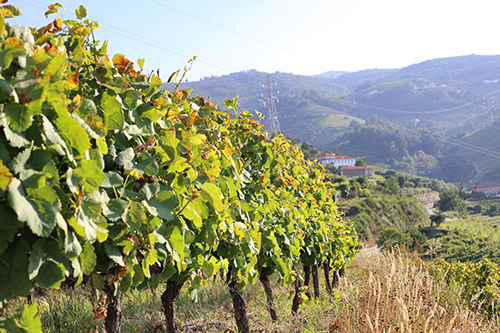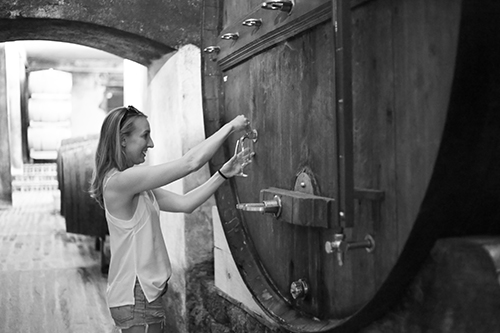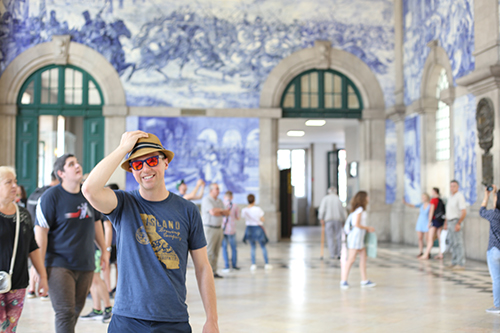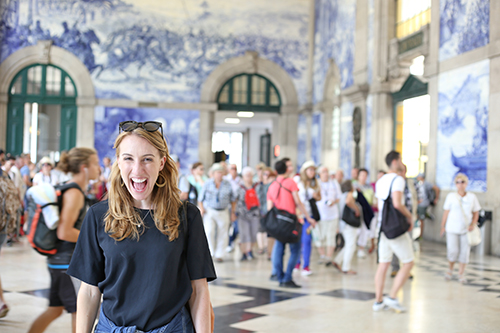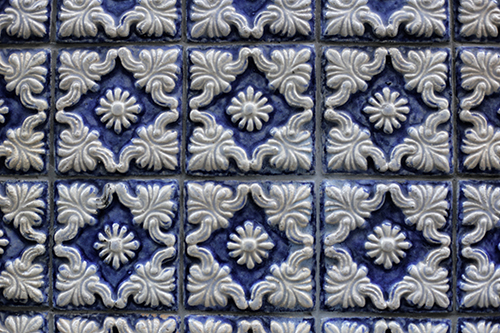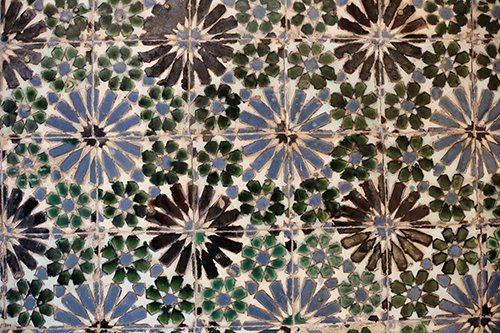With the backdrop of the Tour de France happening in a fellow European nation not too far away, we spend our first morning in the Douro cycling through the vineyards. Moving between vines, we appreciate that not all wine regions are the same. The terraced Douro valley is particularly steep and manual. The only way to strip the vines of their grapes is by hand – no machine can traverse these terraces. We learn stories of people carrying incredibly heavy baskets up and down these hills. We first imagine a peaceful ride through the area, but we soon learn that the slopes and the loose gravel make this morning more of an adventure and less of a stroll. Luckily, the views have us stopping often to rest and take photos.

We seek adventure; however, we don’t always appreciate how much adventure we’re getting ourselves into. We sign up for a three-quarter day canyoning trip near the Douro. We’re picked up from the hotel after breakfast and driven through much of the countryside of Portugal. We arrive at the side of the river and change into our wetsuits, harnesses and helmets, which we believe is more for form than function. However, after only a couple meters into our excursion, we jump off a small cliff into the water. Given my healthy fear of heights, the adrenaline high begins here and doesn’t stop until we arrive back at our car four hours later. In-between, we repel down waterfalls, climb up waterfalls, scramble around rocks, cliff jump into river pools, and use moss-covered rocks as slides. Not for the faint of heart.
As our reward, our guide brings with him a homemade, traditional Portuguese picnic with corn bread, cheese, sausage, and homemade wine, port and grappa. Once we relax, we realize that we are very hungry, and truly enjoy our late afternoon picnic.






